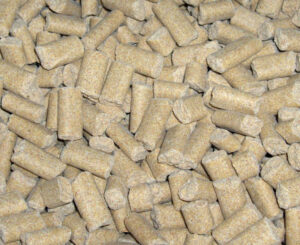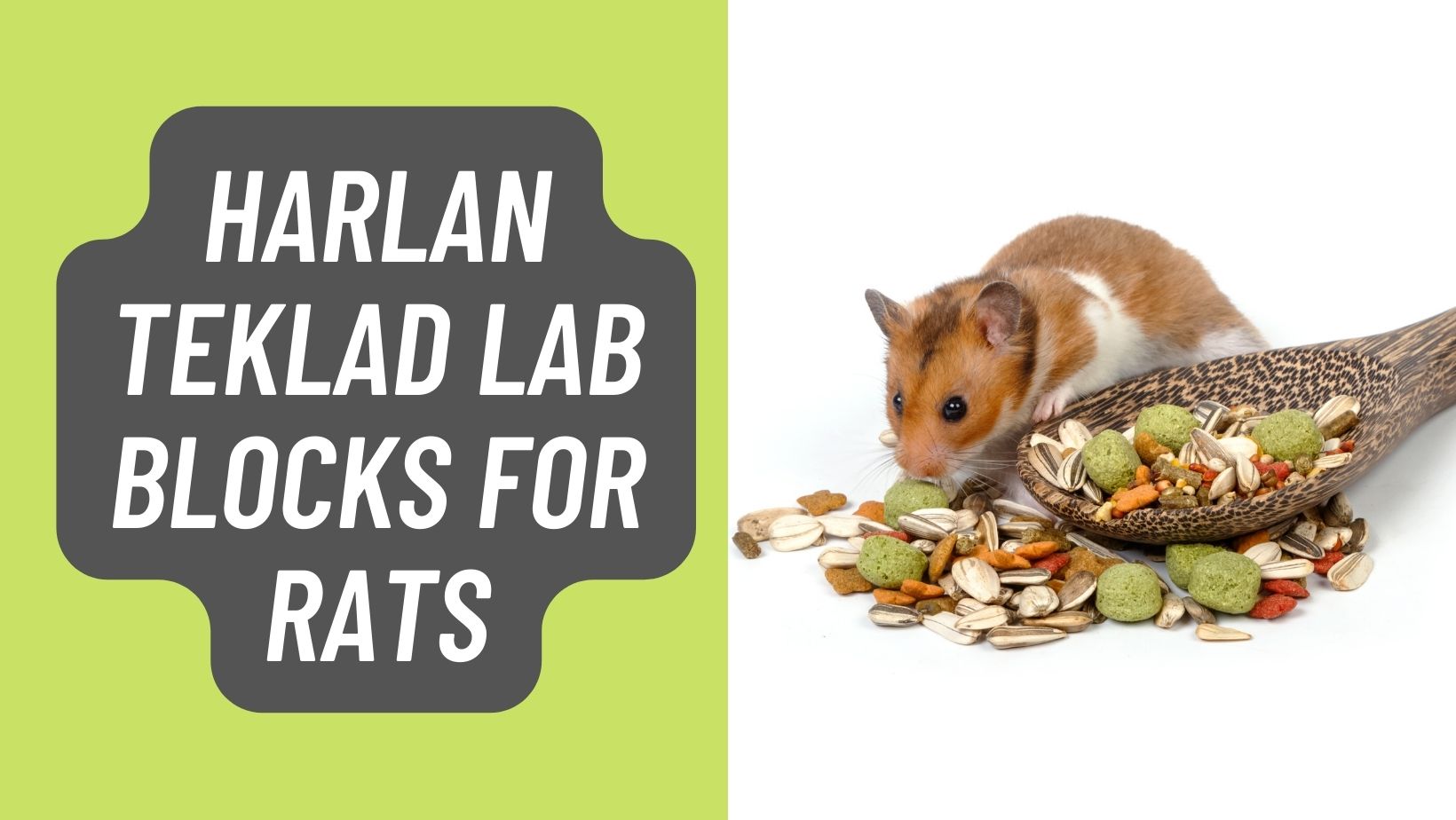I had a phone call with Harlan Teklad about getting customized lab blocks. I had a pretty specific formula for these custom lab blocks.
After speaking with a nutritionist and getting more information on the cons of my formula, I discovered that Harlan Teklad 2014 is what is recommended.
The formula that I wanted Harlan Teklad to create lab blocks for is below.
The cons of having a 5% protein diet are that it’s the BARE minimum of what they need every day.
If rats are fed such a low amount of protein, they would need to be supplemented with refined carbohydrates.
It would get to the point where they couldn’t have as much whole grain.
Harlan Teklad 2014 I got the formula from the National Research Council (which the lady on the phone was familiar with) and it’s just a guideline for researchers saying, “Hey if you want to research low protein diet on rats, your level of nutrients should not fall below these guidelines.”
I thought that this is what the rats needed, but feeding lab blocks with this sort of formula would eventually lead to ill health.
Fat – 5%
Protein – 5%
Essential Fatty Acid 0.6%
Vitamins:
A – 0.6 mg/kg
D – 1000 IU/kg
E – 35 mg/kg
Niacin – 20 mg/kg
Pantothenic Acid – 8mg/kg
Riboflavin 0.8 mg/1000 kcal
Thiamin – 4 mg/kg
B5 – 7 mg/kg
B12 – 50 mcg/kg
READ ALSO: Can Rats eat Blueberries?
Minerals:
Calcium – 5 g/kg
Phosphorus – 4 g/kg
Flouride – 1 mg/kg
Iodine – 0.15 mg/kg
Chloride – 5 mg/kg
Iron – 35 mg/kg
Copper – 5 mg/kg
Magnesium – 800 mg/kg
Potassium – 35 mg/kg
Manganese – 50mg/kg
Sulfur – 3 mg/kg
Selenium – 0.1 mg/kg
Zinc – 12 mg/kg
Chromium – 0.3 mg/kg
Where can I get Harlan Teklad Lab Blocks?
You can buy Harlan Teklad 2014 directly from the company or you can contact any rat rescue. Most rescues will sell you Harlan Teklad 2014 around the rate of a dollar per pound.
This is FAR cheaper than any lab block you will find in a pet store and Harlan Teklad 2014 comes highly recommended and is very high quality for a fairly low price.
My rats are getting to the middle age point. At times they still play like little boys but I know they’re about a year and a half at this point.
This has made me start thinking about their health and their diet. Usually, I let them eat just about anything I know isn’t going to kill them. I gave them unlimited access to food.
They’ve been borderline overweight but usually, I scale back a bit when they get to that point. So no, they’ve never been true heavyweights.

My Diet Feeding Rats Harlan Teklad 2014
I’ve limited my rat’s diet this week. I’ve been counting out lab blocks, giving enough for each of them to have 3 a day.
There’s no guarantee they will each get 3 without one eating more than the other. But I also know that my rats don’t eat a ton of lab blocks.
I supplement this with some vegetables. Carrots and broccoli are my usual choice. They definitely love the carrots.
ALSO SEE: Can Rats Eat Celery?
I’m doing this based on what I’ve been reading. There’s a thin line between me researching anti-aging in humans and anti-aging in rats.
However, there are two things I want to mention when it comes to animal research and testing:
Less than 2% of human illnesses or 1.16% are ever seen in animals.
Human and animal testing agree only 5-25% of the time, according to Huntingdon Life Sciences
So while these articles are meant to be targeting people (humans) that are looking to better their own health, just keep in mind that the tests were also done on rats.
The animal I want to better the health of. Thus, it just seems logical that if it works on rats, it’ll work on my rats. Whereas… there’s at max a 1 out of 4 chance it’ll work on humans.




